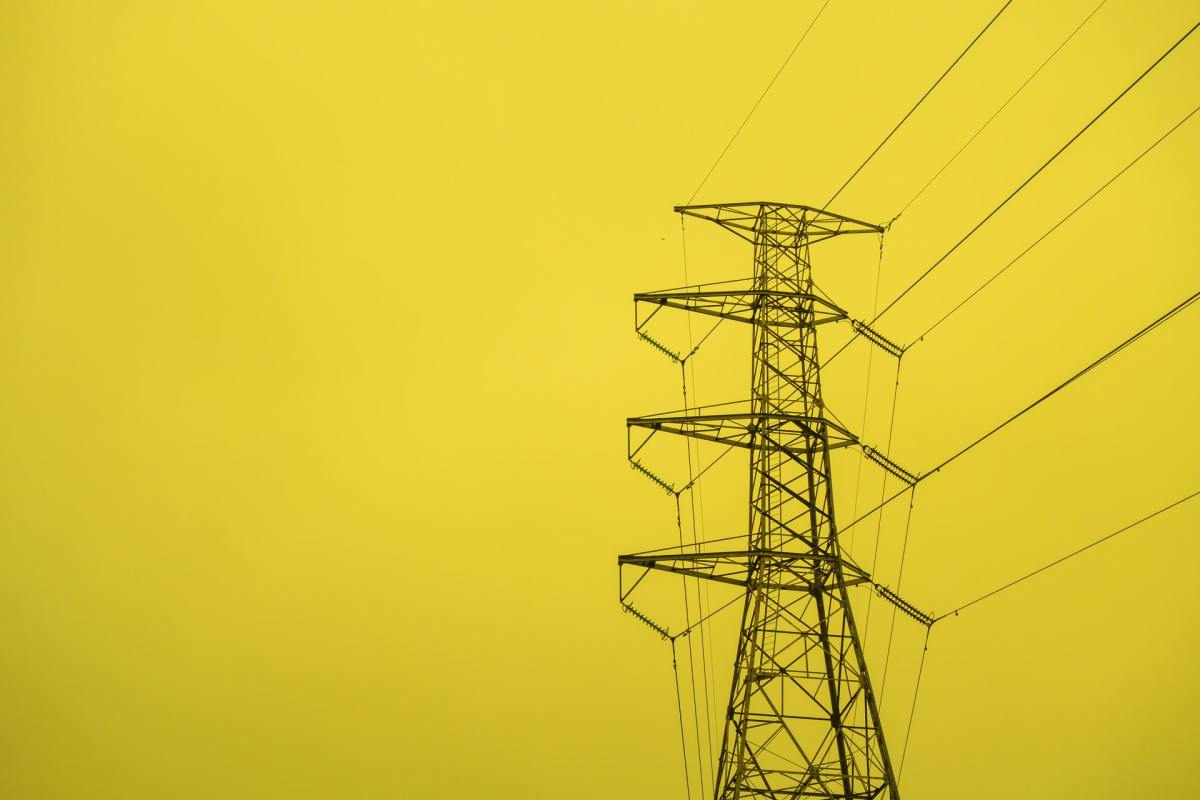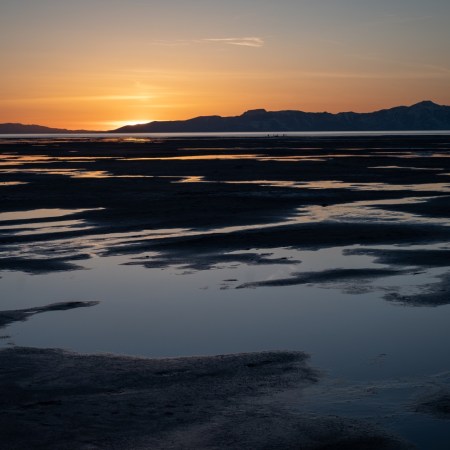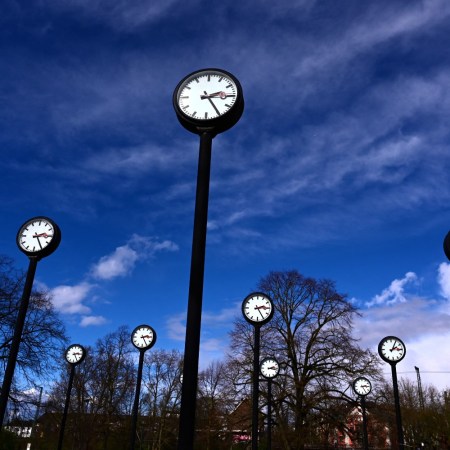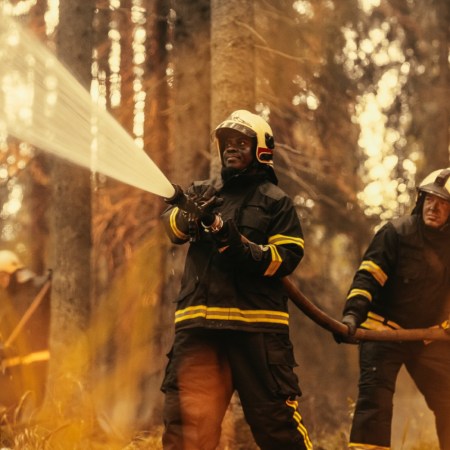When Tropical Storm Henri struck New Jersey in late August, Governor Phil Murphy took to the airwaves and advised the state’s residents to avoid power lines that might have been downed in the storm. With weather growing more extreme as a result of climate change, it’s worth considering the challenge that this weather poses to the electrical grid. Unfortunately, some obvious alternatives have problems of their own — the same storm that knocks down power lines situated above ground can also flood power lines buried underground.
At The Washington Post, Dalvin Brown offered an inside look at the scientists and engineers working to create a new generation of electrical infrastructure. The effects of Henri and Hurricane Ida have both offered numerous unsettling lessons about the flaws in the current electrical system — both in terms of creating systems that can withstand extreme weather and those that can get back up and running quickly if they’re taken out of service.
The article points out that putting power lines underground was, for a time, the preferred method of safeguarding them from storms. Now, Brown reports, the thinking has changed on this — moving from expensive underground models to, “technology aimed at making their systems resilient in extreme weather.”
This technology can take many forms, from microgrids to minimize the extent of power outages to cables that utilize a principle of controlled failure. There’s no one solution for every region, and local climates and weather systems can make a big difference. But as climate change continues to affect us, technological progress remains essential.
Thanks for reading InsideHook. Sign up for our daily newsletter and be in the know.


















